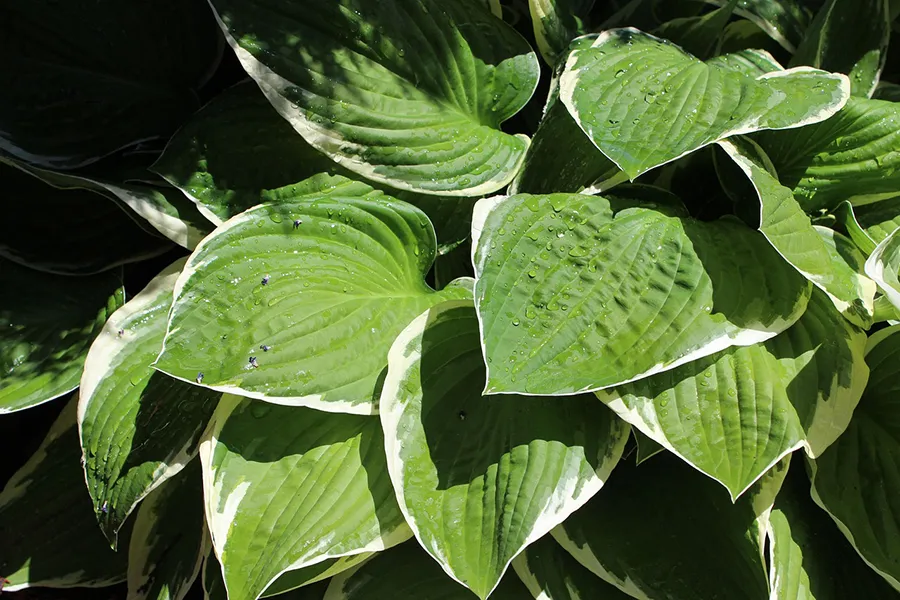The autumn chill sets in
Tops jobs this month
Although we had some warmer days over September, the autumn is now definitely here for real, and it feels colder. It’s a beautiful time of year, with the trees changing colour. Sometimes it may seem pointless raking, when the wind blows even more leaves onto the lawn, but just think of all the lovely leafmould you can make! It’s also time to start preparing for early frosts.
Move tender plants, including aquatic ones, into a greenhouse or conservatory
In frost-prone areas a conservatory is the ideal place for overwintering tender perennials and marginally hardy plants from the garden. Cold-sensitive plants in need of good light levels and dry, frost-free conditions will also benefit.
Cut back perennials that have died down
Perennials are not demanding plants, but trimming them after flowering finishes in autumn helps improve their appearance and flowering. However, you can leave some stems over winter to provide homes and food for wildlife, and then trim back in spring.
Divide herbaceous perennials
Dividing perennials regularly will ensure healthy, vigorous plants that will continue to perform year after year. It also offers the opportunity to multiply your plants.
When to divide perennials
Plants can be divided successfully at almost any time if they are kept well-watered afterwards. However, division is most successful when the plants are not in active growth.
- Divide summer-flowering plants in spring (Mar-May) or autumn (Sep-Nov) when the soil is dry enough to work. In wet autumns, delay until spring. Spring is also better suited to plants that are a touch tender
- Many spring-flowering plants, such as irises, are best divided in summer (Jun-Aug) after flowering when they produce new roots
How to divide perennials
Here are our simple tips for dividing perennials:
- Lift plants gently with a garden fork, working outwards from the crown’s centre to limit root damage. Shake off excess soil so that roots are clearly visible
- Some plants, such as Ajuga (bugle), produce individual plantlets which can simply be teased out and replanted
- Small, fibrous-rooted plants such as Heuchera, Hosta and Epimedium can be lifted and pulled apart gently. This should produce small clumps for replanting
- Large, fibrous-rooted perennials, such as Hemerocallis (daylily), require two garden forks inserted into the crown back-to-back. Use these as levers to loosen and break the root mass into two sections. Further division can then take place
- In some cases, a sharp knife, axe or lawn edging iron may be needed to cleave the clump in two
- Plants with woody crowns (e.g. Helleborus) or fleshy roots (e.g. Delphinium) require cutting with a spade or knife. Aim to produce clumps containing three to five healthy shoots
Aftercare
Plant divisions as soon as possible and water them in well. They can either be replanted in the same spot, taking the opportunity to mix in a little garden
Can refer to either home-made garden compost or seed/potting compost: • Garden compost is a soil improver made from decomposed plant waste, usually in a compost bin or heap. It is added to soil to improve its fertility, structure and water-holding capacity. Seed or potting composts are used for growing seedlings or plants in containers – a wide range of commercially produced peat-free composts are available, made from a mix of various ingredients, such as loam, composted bark, coir and sand, although you can mix your own.compost or other
Any substance dug into the soil to improve its structure. This is usually organic matter, such as well-rotted manure, garden compost or leafmould, but could be an inert substance such as lime or gypsum.soil improver first, or moved to a new part of the garden. Alternatively, pot up individually to build up size, overwintering pots in a frost-free environment.
More jobs for this month
- Divide established rhubarb crowns to create new plants
- Plant out spring cabbages
- Harvest apples, pears, grapes and nuts
- Prune climbing roses
- Finish collecting seeds from the garden to sow next year
- Last chance to mow lawns and trim hedges in mild areas
- Renovate old lawns or create new grass areas by laying turf
https://www.rhs.org.uk/advice/in-month/october
Reproduced with kind permissions
